Cyclosporine Ophthalmic Ointment: Treating Dry Eye (KCS) in Cats with Confidence
As a cat owner, you know that maintaining the health and comfort of your pet is essential. One of the most important, yet often overlooked, aspects of pet care is eye health. Cats can suffer from various eye conditions, one of the most common being keratoconjunctivitis sicca (KCS), also known as dry eye. When left untreated, KCS can lead to discomfort, irritation, and long-term damage to the cornea, potentially resulting in vision loss.
To manage KCS and other eye conditions in cats, Cyclosporine Ophthalmic Ointment has emerged as an effective treatment. This article will explore the uses, indications, dosage, benefits, side effects, and more, providing cat owners with all the information they need to understand how Cyclosporine Ophthalmic Ointment 2mg works and how to administer it safely.
What is Cyclosporine Ophthalmic Ointment for Cats?
Cyclosporine Ophthalmic Ointment is a veterinary-prescribed medication formulated to treat dry eye (keratoconjunctivitis sicca) in cats. While cyclosporine is widely used in humans and animals for its ability to suppress the immune system in conditions like organ transplants, its use in ophthalmic preparations specifically targets the eyes to treat dry eye.
The ointment form is designed for easy application directly onto the eye’s surface, where it works locally without systemic side effects. The concentration of 2mg in each tube of the ointment is formulated for feline use to ensure effective results.
What is Keratoconjunctivitis Sicca (KCS) in Cats?
- Redness and inflammation of the eye
- Excessive eye discharge (thick mucus or pus)
- Frequent squinting or blinking
- Cloudy or dry corneas
- Pain or discomfort
- Light sensitivity
Tears play a crucial role in protecting the eyes from dust, debris, and bacterial infections while keeping the surface of the eye lubricated. Inadequate tear production leads to irritation, and over time, can result in corneal damage.
KCS can be caused by several factors:
- Immune-mediated destruction of tear glands: The most common cause of dry eye in cats is an autoimmune disorder where the body’s immune system attacks its own tear glands.
- Infections: Certain infections, particularly viral infections like feline herpesvirus, can impair tear production.
- Medications: Some medications, particularly sulfonamide antibiotics, have been linked to the development of KCS.
- Other causes: Neurogenic dry eye, congenital defects, and certain systemic diseases can also contribute to the condition.
How Does Cyclosporine Ophthalmic Ointment Work?
Its primary effect in treating KCS is stimulating the production of tears by the lacrimal (tear) glands. Here’s how it works:
- Immune Modulation: Cyclosporine suppresses the immune response in the eye, specifically targeting the immune cells responsible for inflammation.
- Tear Production: The primary function of cyclosporine in ophthalmic form is to increase tear production. It does this by inhibiting the T-cells in the immune system that damage the tear-producing glands. By allowing the tear glands to function normally, the ointment helps restore natural tear production.
- Reducing Inflammation: Cyclosporine has anti-inflammatory properties, reducing inflammation within the eye and improving the overall comfort of the cat.
Indications for Cyclosporine Ophthalmic Ointment in Cats
Cyclosporine Ophthalmic Ointment is specifically indicated for the treatment of keratoconjunctivitis sicca (KCS), or dry eye, in cats. This condition is characterized by inadequate tear production, leading to eye irritation, discomfort, and possible vision impairment.
- Reduce inflammation in the conjunctiva (the membrane that covers the eyeball and inner eyelids)
- Manage immune-mediated conditions affecting the eyes
While the medication is effective for treating KCS, it may not fully resolve underlying causes, such as viral infections. For these cases, additional therapies, including antiviral treatment, may be necessary.
Dosage and Administration of Cyclosporine Ophthalmic Ointment for Cats
Cyclosporine Ophthalmic Ointment 2mg is used primarily for treating keratoconjunctivitis sicca (KCS), or dry eye in cats. The correct dosage and proper administration are crucial for its effectiveness.
Recommended Dosage:
- 1 drop of Cyclosporine Ophthalmic Ointment per affected eye.
- Typically, apply once or twice daily, depending on the severity of the condition, as advised by your veterinarian.
- Duration of Treatment: Long-term treatment is often required for KCS. Continue use for as long as prescribed, even if symptoms improve, unless directed otherwise by your vet.
Dosage Table
| Condition | Dosage | Frequency | Notes |
| Dry Eye (KCS) | 1 drop per eye | 1-2 times daily | Apply to lower eyelid |
| Mild Case | 1 drop per eye | Once daily | Follow vet’s advice |
| Severe Case | 1 drop per eye | Twice daily | Monitor for side effects |
| Missed Dose | 1 drop per eye | As soon as possible | Do not double dose |
Application Instructions:
- Preparation:
- Wash your hands thoroughly before handling the ointment to prevent contamination.
- Positioning the Cat:
- Secure your cat in a calm, comfortable position. You may need assistance to keep your cat still.
- Applying the Ointment:
- Place a small amount (approximately the size of a rice grain) of ointment directly into the pocket of the lower eyelid.
- Post-Application:
- Wash your hands after applying the ointment to avoid accidental contact with your eyes or other areas.
- Monitoring:
- Keep an eye on any changes in your cat’s condition. If you notice excessive discharge, irritation, or worsening of symptoms, consult your veterinarian.
Additional Notes:
- Consistency: It’s essential to apply the ointment consistently at the same times each day to maintain steady results.
- Follow-Up: Regular follow-ups with the vet are crucial to monitor your cat’s response to treatment and adjust the dosage if necessary.
Precautions and Contraindications of Cyclosporine Ophthalmic Ointment for Cats
Cyclosporine Ophthalmic Ointment is a generally safe and effective treatment for managing keratoconjunctivitis sicca (KCS), or dry eye, in cats. However, like all medications, it requires careful use. Below are the precautions and contraindications to consider when using Cyclosporine Ophthalmic Ointment 2mg for cats:
Precautions
- Active Eye Infections: Avoid using the ointment if your cat has an active eye infection. Treat the infection first, as cyclosporine can worsen bacterial or viral eye conditions.
- Pregnancy and Lactation: Use cautiously in pregnant or lactating cats.
- Allergic Reactions: Discontinue use immediately if signs of an allergic reaction occur (swelling, redness, difficulty breathing, or itching). Contact your vet for advice.
- Secondary Infections: Monitor for increased discharge or worsening symptoms, which may indicate a secondary infection or other complications. If this occurs, seek veterinary assistance.
- Eye Conditions: If your cat has pre-existing corneal ulcers or other serious eye issues, consult your vet before using the ointment, as it may irritate damaged eyes.
Contraindications
- Known Allergies: Do not use if your cat is allergic to cyclosporine or any ingredients in the ointment.
- Active Eye Infections: Cyclosporine should not be used in cats with active bacterial or viral eye infections (e.g., feline herpesvirus), as it may worsen the condition. Treat infections before starting the ointment.
- Severe Corneal Ulcers: Avoid use if your cat has severe corneal ulcers or serious eye damage. The ointment may irritate the cornea further and delay healing.
- Immune-Compromised Cats: If your cat has an immune system disorder, consult your veterinarian before use, as cyclosporine affects immune function.
- Concurrent Use with Certain Medications: Use with caution if your cat is on other medications that affect the immune system, as Cyclosporine can interact with other drugs, especially those that suppress immune response.
Side Effects of Cyclosporine Ophthalmic Ointment for Cats
Common Side Effects
- Mild Eye Irritation: Temporary redness or discomfort may occur after application. This is usually mild and resolves within minutes.
- Increased Eye Discharge: The ointment may lead to excessive tearing or mucus discharge as tear production increases. This is typically a sign that the treatment is working but should be monitored.
- Temporary Blurred Vision: Blurred vision may occur immediately after application due to the ointment’s consistency. This typically clears up quickly as the ointment is absorbed.
- Redness of the Conjunctiva: Mild redness in the white part of the eye (conjunctiva) can happen, usually as a result of the increased blood flow and tear production.
- Eye Sensitivity: Some cats may become more sensitive to light or experience mild itchiness around the eyes after treatment.
Less Common or Severe Side Effects
- Allergic Reactions: In rare cases, cats may experience severe allergic reactions, including swelling around the eyes, hives, difficulty breathing, or facial itching. Discontinue use immediately and contact your vet.
- Infection: Excessive tear production can lead to secondary infections in the eye, characterized by pus-like discharge, cloudy corneas, or worsening redness. Seek veterinary care if these signs occur.
- Corneal Ulceration or Damage: Rarely, Cyclosporine may cause irritation or ulceration of the cornea, especially if the cat already has underlying eye conditions. Watch for painful squinting, cloudiness, or increased discharge.
- Vision Impairment: While temporary blurred vision is common, any persistent or worsening vision issues should be evaluated by a vet.
Conclusion
Cyclosporine Ophthalmic Ointment 2mg for Cats is an effective and reliable treatment for keratoconjunctivitis sicca (KCS) or dry eye. By stimulating tear production and reducing inflammation, this ointment can significantly improve your cat’s comfort and eye health. If your cat suffers from dry eye or other related conditions, consulting with your veterinarian and following proper administration guidelines can help manage the condition and prevent long-term damage. Always follow the prescribed dosage, and monitor your cat for any changes in behavior or eye condition. By providing proper care and utilizing Cyclosporine Ophthalmic Ointment, you can ensure your feline companion maintains healthy and comfortable eyes.







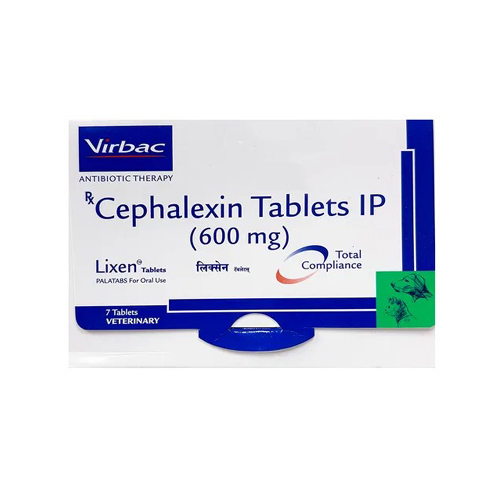
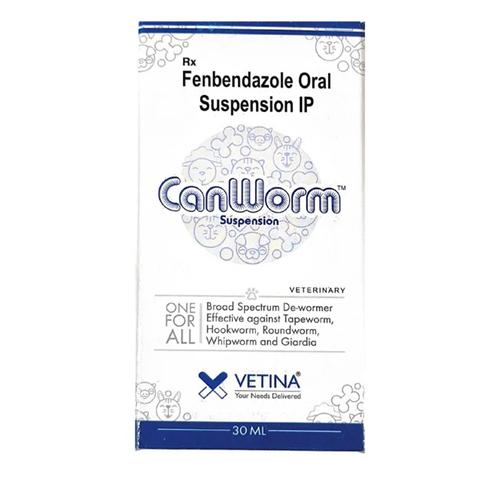




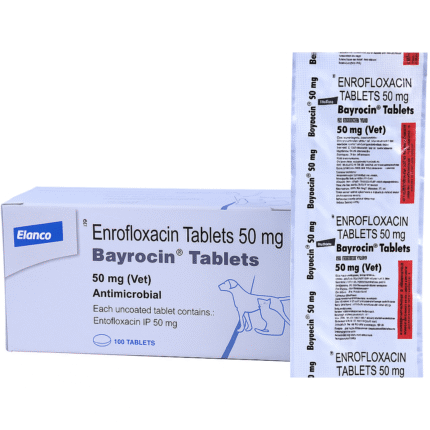
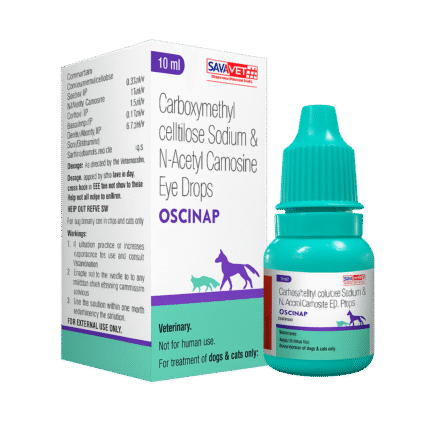
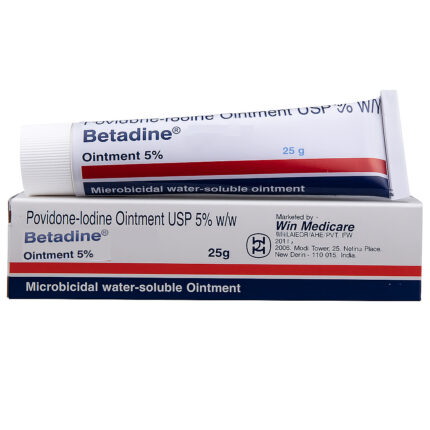
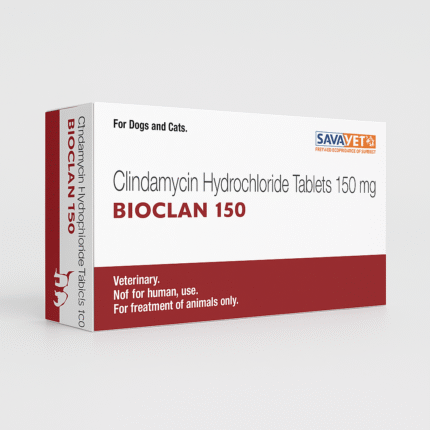
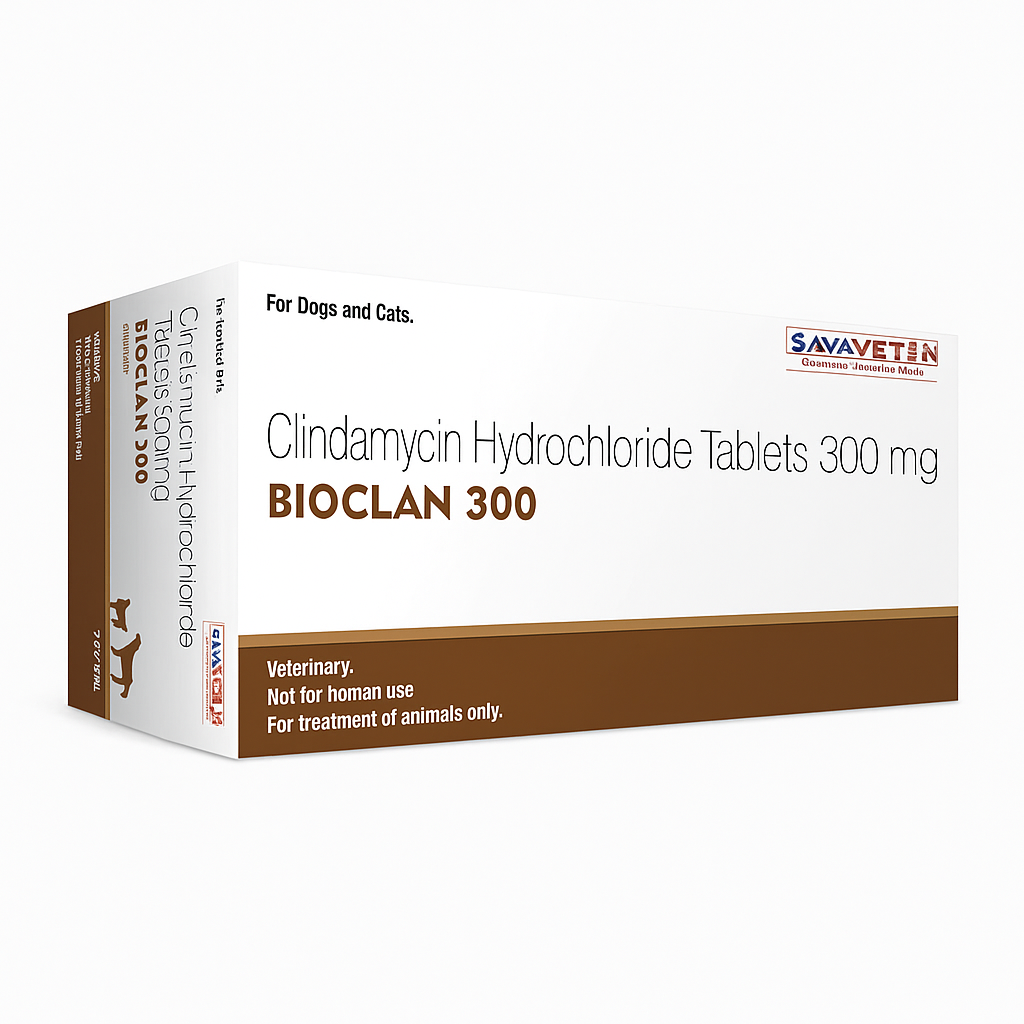

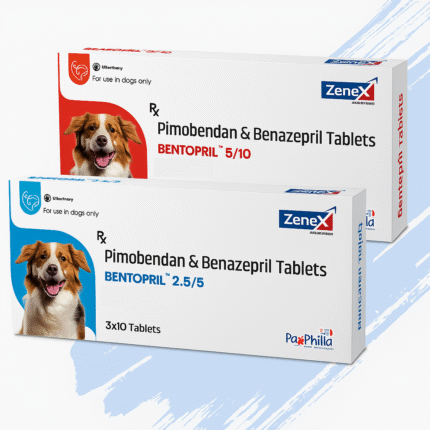



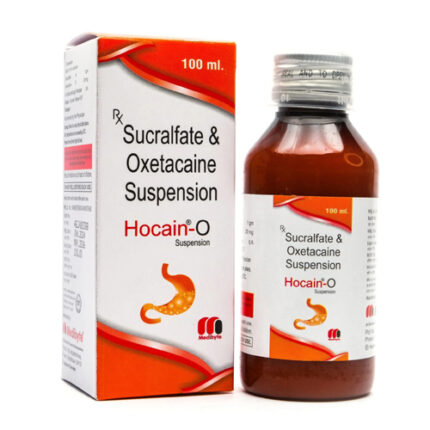
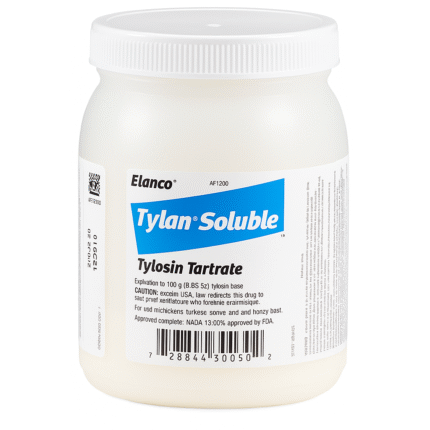
Reviews
There are no reviews yet.